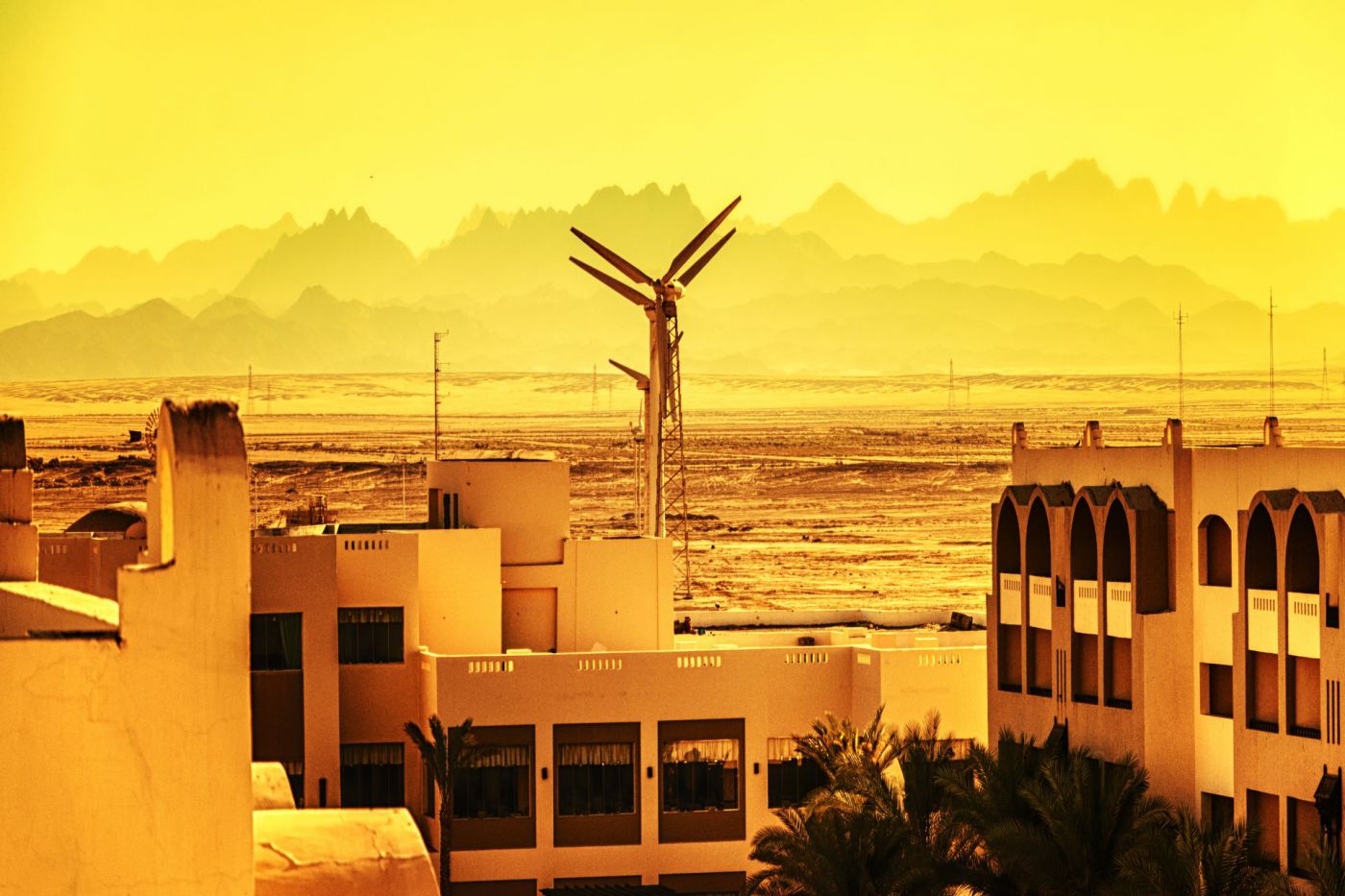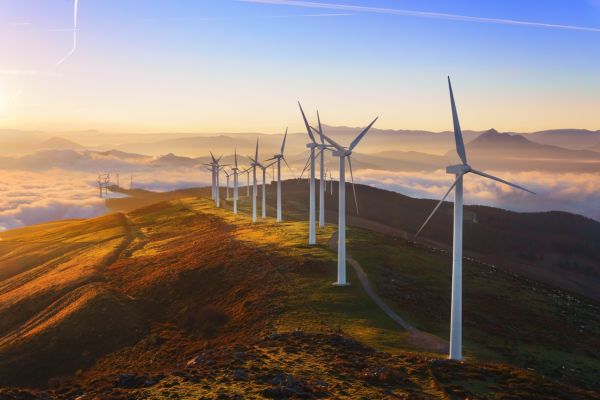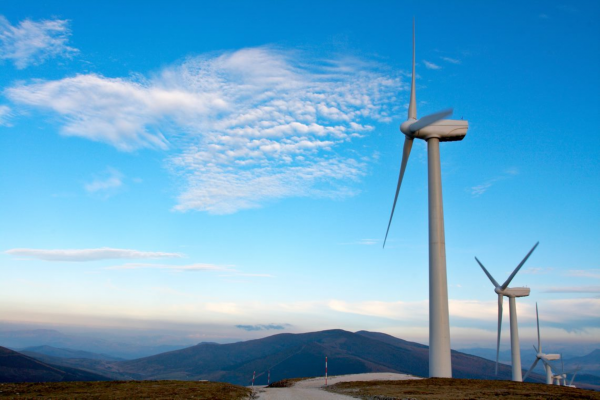In 1988, on a patch of sand outside the small Egyptian municipality of Ras Ghareb, Africa’s first wind farm began operation. The wind farm was tiny, even by 1988 standards. The four turbines imported from Denmark totaled just 400 KW. But the salty breeze coming off the Gulf of Suez is unusually dependable, and as a proof of concept, those four turbines proved crucial. A joint Danish-Egyptian study would, years later, estimate the region to have some of the highest potential for wind power anywhere in the world. Today, the Suez region is home to several wind farms, with a new, 250MW facility scheduled to open in Ras Ghareb later in 2019.
A continent of potential
Yet more than 30 years after the Ras Ghareb turbines started spinning, much of Africa’s wind capacity remains located in just two places: Egypt and South Africa. According to the Global Wind Energy Council’s 2018 report, the two countries account for some 57% of Africa’s 5,702 MW of installed wind. (By comparison, Germany alone had an installed capacity of 6,380 MW in 2018.)
In many ways, this shouldn’t come as a surprise. According to World Bank statistics, among African nations South Africa and Egypt rank second and third, respectively, in total GDP. (Oil-rich Nigeria is first.) Their level of development means they’re able to attract outside investment and support projects locally.
Elsewhere, political instability and the lack of adequate existing infrastructure make such investment less attractive. The continent is home to 54 different countries, and not all of them have chosen to (or can) incentivize green energy.
The Kenyan example
In countries that have both the desire and capacity, amazing things are happening. Ethiopia and Morocco have both added large wind projects in the last five years. And across the Africa/Middle East region, 2018 saw the installation of 300MW more wind capacity than 2017.
Kenya, a country with an economy is less than a quarter the size of Egypt’s, has emerged as the posterchild for Africa’s green future. The Kenyans want to meet 100% of their energy needs through renewables by 2020.
At the beginning of 2019, Kenya was already producing roughly 70% of its energy from renewables. And in July, Africa’s largest wind farm came online on the shore of Lake Turana, in Kenya’s northwest, nearly doubling the country’s wind output. At capacity, the 365 turbine, 310MW installation will supply 13% of Kenya’s power.
The answer: blowing in the wind?
As the Kenyan example shows, wind can play a major role in Africa’s energy future. But large-scale production might not be the whole answer.
According the World Bank, only 42% of all households in Sub-Saharan Africa were electrified in 2016. In much of the region, the existing infrastructure needed to deliver power to consumers – let alone support huge wind farms – doesn’t exist. Small-scale production, however – including “off the grid” setups – might make a real difference.
In 2013, the International Energy Agency estimated Sub-Saharan Africa would need a $300 billion investment to achieve its goal of universal electricity by 2030. The wind industry is paying attention. Earlier this year, the Global Wind Energy Council set up an Africa Task Force focused on meeting the continent’s specific developmental challenges.
In Africa, the wind industry has an opportunity to shape the continent’s energy future and to change peoples’ lives. Doing so will depend on the sector’s ability to find flexible solutions to Africa’s varied and complex energy needs.



